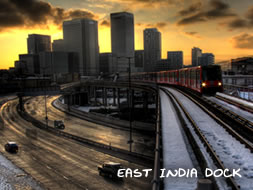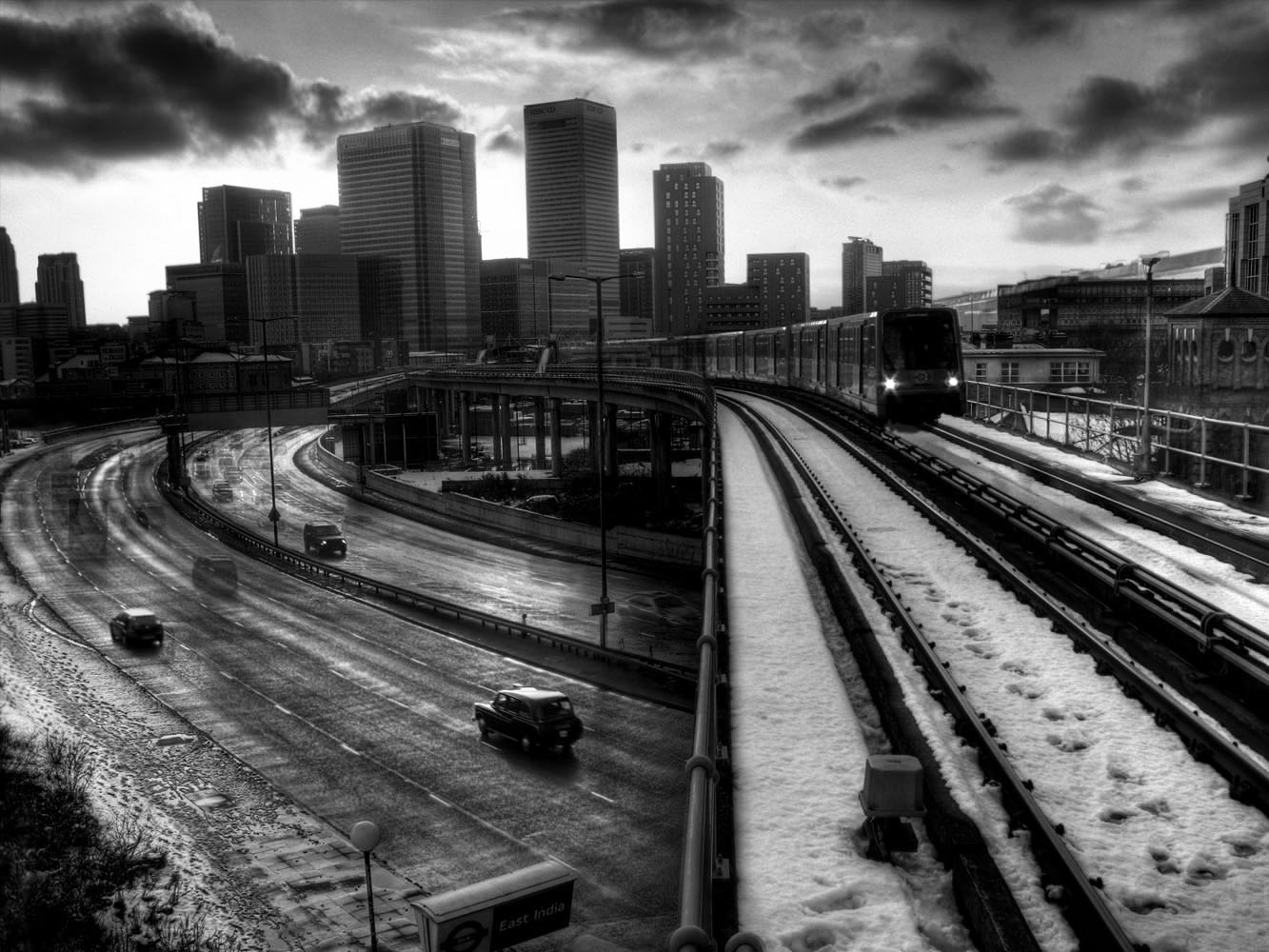16. East India Dock Information & History
An Act of Parliament in 1803 set up The East India Dock Company. The docks were located to the north east of the West India Docks. They were based on the existing Brunswick Dock. The Company was rapidly profitable, with commodities such as tea, spices, indigo, silk and Persian carpets. The tea trade alone was worth £30m a year. In 1838 the East and West India Companies merged. In 1909 the docks were taken over by the Port of London Authority. While much smaller than the West India Docks, the East India Docks could still handle East Indiamen of 1000 tons and up to 250 ships at one time. However the advent of steam power and larger ships reduced the importance of this dock and by the mid-20th century most of the trade had left. The docks played a key role in the Second World War as a location for constructing the floating Mulberry harbours used by the Allies to support the D-Day landings in France. More at wikipedia | british-history.ac.uk | Also read portcities.org.uk >
View Photos of here and nearby locations | Buy Prints


















